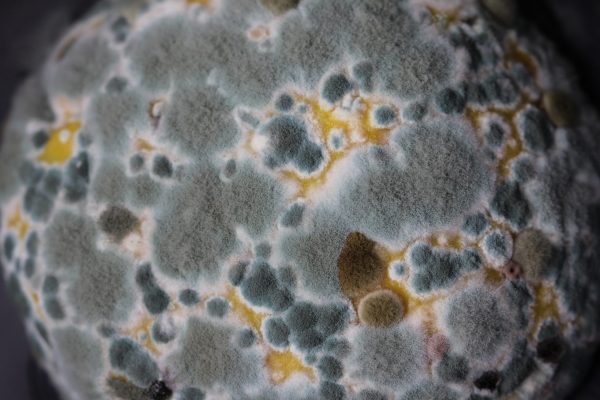Tag: mold

Know Your Mold
Mold is one of the most frustrating and concerning finds in your house. Finding mold usually means there’s another issue, such as a leaky pipe or improper ventilation. Mold can be dangerous if left untreated. It can also lead to health problems for you and your family down the road. Proper mold identification helps you better understand the threat your home faces and can help you find a qualified mold removal technician to deal with the problem. Here are some of the common house molds you may find and how to identify them.
Acremonium
Acremonium is a highly toxic mold that usually turns into a pink, grey, orange, or white powder. It thrives in moist areas such as drain pans, humidifiers, and even window sealants. Acremonium is commonly found alongside black mold and other toxic molds, so be on the lookout for other hazards.
Alternaria
Alternaria is an allergenic mold that causes coughing, runny noses, and watery eyes. It’s a common bathroom mold in bathtubs or showers and usually indicates water damage. It spreads quickly and has a velvety texture. Alternaria also sprouts dark green or sometimes brown hairs on its surface.
Aspergillus
Like Alternaria, Aspergillus is a common allergenic mold. However, it carries more of a toxic threat than Alternaria. There are over 185 variants of Aspergillus, but you can usually identify it by the spores, which are long and shaped like flasks.
Aureobasidium
Another allergy-causing mold, aureobasidium starts as either pink or brown but turns darker over time. It’s often found on wooden surfaces and can lead to infection if it comes in direct contact with skin.
Chaetomium
Chaetomium has a cotton-like texture and thrives in areas with severe water damage. This mold has a noticeable musty odor and turns from white or grey to black as it ages. Chaetomium can also lead to infection if touched.
Cladosporium
A suede-textured mold, cladosporium often causes severe allergic reactions such as respiratory issues and is most often discovered in home fabrics and carpets. It is typically olive green or brown.
Fusarium
Fusarium grows on food and can spread quickly. Pink, white, or red in color, fusarium can cause severe damage to the nervous system if ingested.
Mucor
Mucor grows in thick, white patches. It often grows in air conditioning units or damp carpeted areas. Mucor has the threat of fungal infection if not dealt with swiftly.
Penicillium
Like alternaria, penicillium has a velvety texture, but it usually appears in a blue-green color. The spores of penicillium can quickly travel through the air in your home and cause allergy or asthma-like reactions. You can commonly find it in wallpaper and mattresses.
Stachybotrys
Also known as black mold, stachybotrys is a slimy, dark green or black mold with highly toxic qualities. It grows in damp and humid areas.
Trichoderma
Trichoderma is a white mold that commonly has green patches with wooly textures. It typically grows in areas with built-up condensation, like air conditioning filters or wallpapers.
Whenever you discover mold, it’s important not to disturb it or try to remove it without professional help. Call Insight Restoration at (208) 427-3042 to have a professional mold removal specialist identify and remove your home’s mold.

